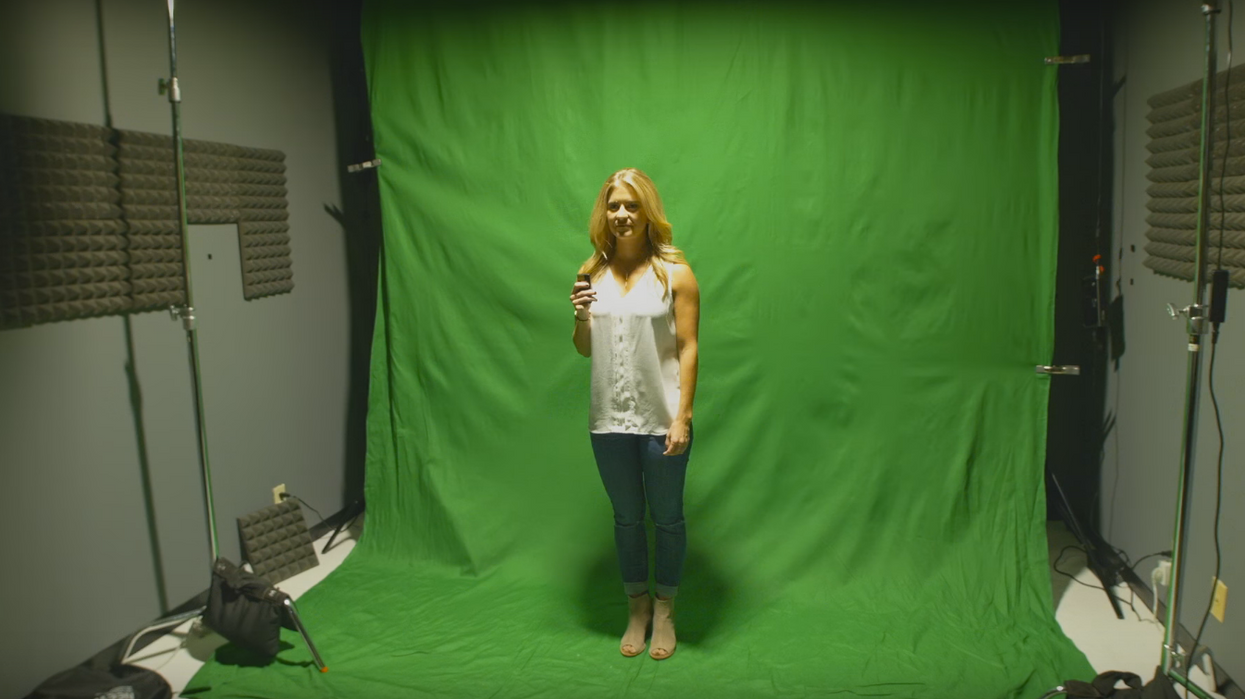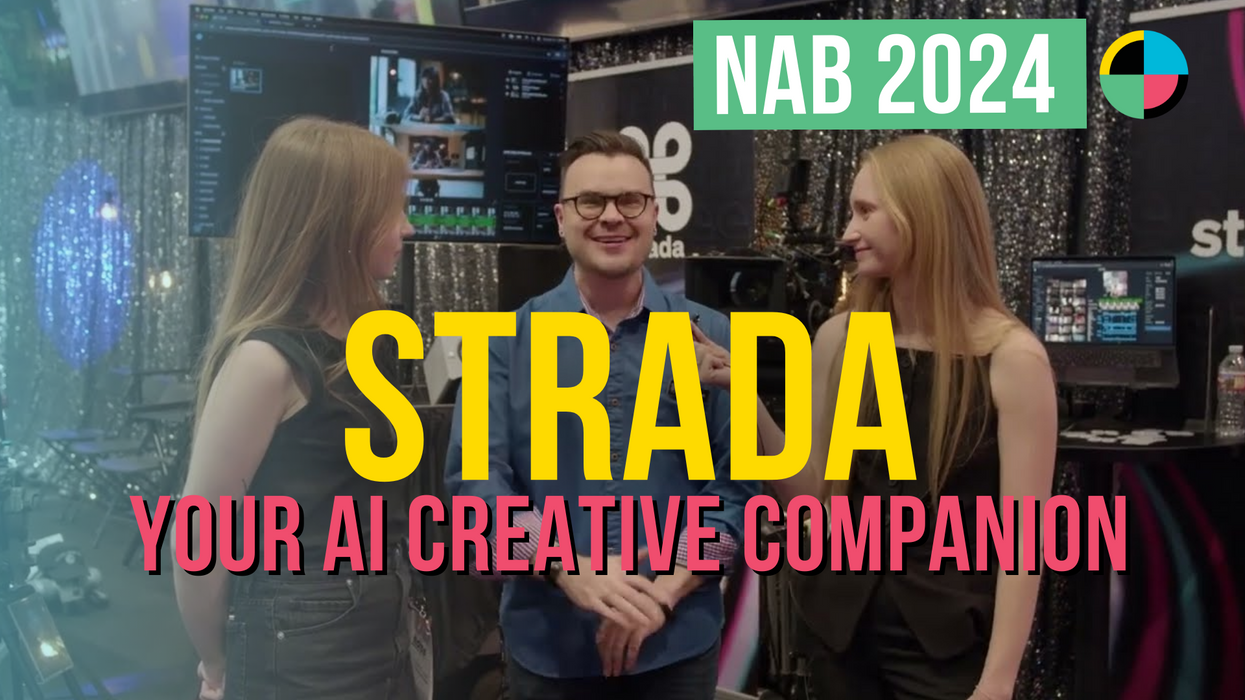4 Things You Should Know when Lighting a Green Screen
Shooting on green screen is relatively straightforward, but you'll want to learn a few tricks to make the process easier.

At some point in your cinematic career you're going to have to shoot a scene in which you'll need a green screen—no big deal, it's not that complex. However, you'll want to make sure that you do a couple of things right, namely lighting, in order to avoid some major trouble down the line when you go into post to key your shots. In this video by Aputure, David Carmichael of Corridor Digital gives you five helpful tips for lighting a green screen like a pro.
Here are the five tips Carmichael gives in the video:
- What is your green screen made out of: Are you using green fabric, a pop-out green screen? Are you having to use a blue screen because your subject is wearing something green? How reflective is it? Ideally you'll want something that doesn't reflect a whole lot of light, which is why Carmichael says painting a wall with matte green paint produces the best results. Obviously this isn't always possible.
- Light your subject first: It might seem logical to light your screen first, since it's so imperative to light it evenly, but Carmichael insists on lighting your subject first. This is because, as he says, you want your character to "match the scenario they're going in."
- Light your green screen evenly: In order to pull a good key, you'll need the luminance to be balanced across the entire screen.
- Exposure tools: Scopes really help to show you how well you're isolating the green hue—one in particular works great, false color, because it allows you to see the luminance value in terms of different color representations on your monitor screen.
There are many other tips that will help you achieve a better result when lighting a green screen, like making sure your subject is far enough away from it to avoid any spill. Share your tips down in the comments.
Source: Aputure












